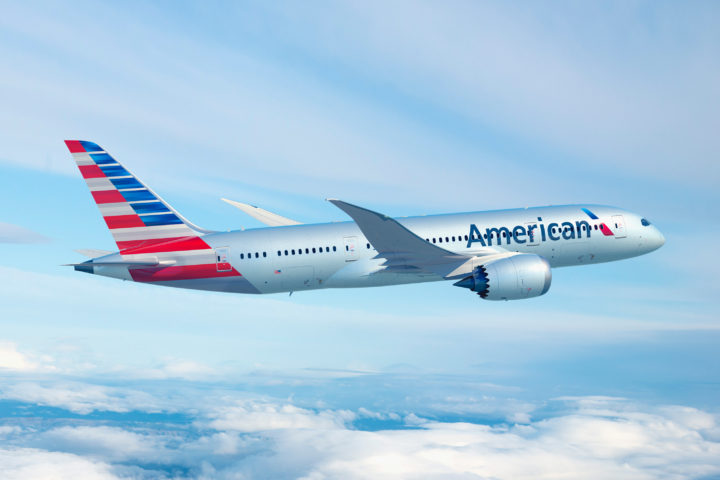Late last week, an American Airlines flight leaving Charlotte headed to Tampa, Florida experienced severe turbulence that resulted in 10 people being rushed to the hospital. Flight 2401 was rerouted to New Orleans, Louisiana after the sudden turbulence led to multiple injuries onboard, for the more than 190 passengers and crew on the plane.
EMTs and emergency vehicles arrived around 9pm when the flight landed at Louis Armstrong International Airport in New Orleans.
Among the injured victims were two flight attendants, and the other eight were passengers.
The flight apparently hit clear-air turbulence, which is a type of undetectable rough air current that caused the flight to plummet 150 feet. Most people on the flight were fearful that the aircraft would have crashed due to the flight’s drop that caused beverages to fly and unbuckled passengers to hit the plane’s ceiling.
The emergency landing of the American Airlines flight was successful, and the pilot of flight 2401 discussed publicly how he has never piloted a plane before that hit such severe turbulence in his 27 years of flying. This sets precedent for the importance of remaining seated and buckled up, especially when a flight is experiencing rough air and when the plane is taking off or beginning its descent.
Flight 2401 made its way back to Tampa, Florida on Thursday night, and arrived safely at the original airport destination.
This same flight anomaly occurred just a day later on a Southwest Airlines flight that was approaching its descent into Salt Lake City, Utah. Four passengers injured. There were only minor occurrences, and pilots of flight 1753 turned on the seat buckle notification for passengers to remain secure in their seats. There were no other major injuries reported on that flight, nor did the plane have to be rerouted.
As travel resumes, we urge all passengers to stay as safe as possible— especially while in the air.





